30 Best Writer Logo Design Ideas You Should Check

Source: Kyle Dingman, Dribbble, https://dribbble.com/shots/2727319-Copywriter-Logo-2
Dive into the world of creativity where each symbol and curve tells a story! If you're on the hunt for the perfect writer logo design, you've landed in just the right place. Whether you're a novelist ready to brand your mystery series, a freelance journalist setting the stage for your portfolio, or a blogger carving out your niche, a distinctive logo is your first chapter to success. Imagine a logo that whispers to the readers, beckons the curious, and shouts to the crowds—all at once.
In this article, we’ll explore some of the most inventive and inspiring writer logo designs that do more than just mark their presence; they narrate, they engage, they captivate! Ready to turn the page to unforgettable logos that will ink your brand into the minds of your audience? Let's scribble our way through some dazzling designs that speak volumes!
Writer Logo Design Ideas

Source: Ben Lambert, Lyndon Riggall, Dribbble, https://dribbble.com/shots/2911736-Lyndon-Riggall-monogram

Source: Michael Penda, Writers Block, Dribbble, https://dribbble.com/shots/6087041-Writers-Block-Illustration

Source: Cajvanean Alexandru, Fortress Library, Dribbble, https://dribbble.com/shots/2898012-Fortress-Library-logo-concept

Source: Charles Honig, Jeffrey Vallis, Dribbble, https://dribbble.com/shots/4180352-Creative-Writer-Brand-Exploration
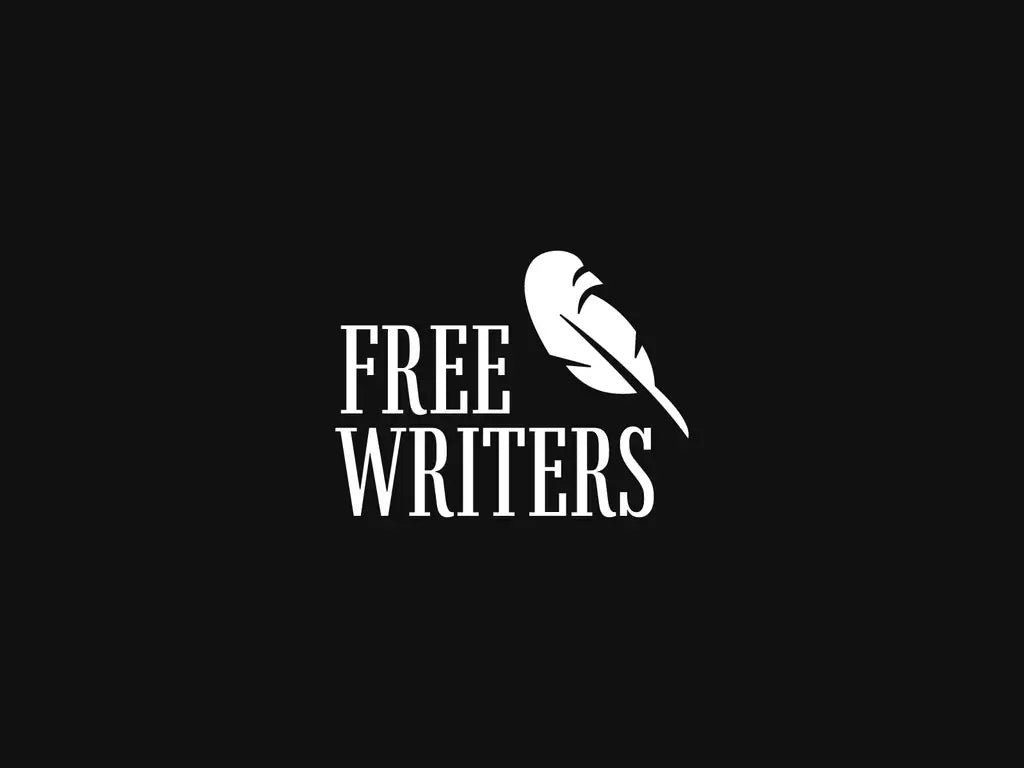
Source: Valuphic, Free Writers, Dribbble, https://dribbble.com/shots/16904774-Free-Writers

Source: Petra Lee, Tamara Dean, Dribbble, https://dribbble.com/shots/18865785-Tamara-Dean-Brand-Identity

Source: Ery Prihananto, Ery Prihananto, Dribbble, https://dribbble.com/shots/15258264-Pencil-Bar-Chart

Source: ApplexDesign, Dog Writer, Dribbble, https://dribbble.com/shots/14793664-Funny-Dog-Writer

Source: Fahim, Qetypo, Dribbble, https://dribbble.com/shots/16790111-Writing-logo-design-Qetypo

Source: Timur Aldemir, Dribbble, https://dribbble.com/shots/18167520-Bee-Pencil

Source: Nikoloz Molodinashvili, Gentlemen Writer, Dribbble, https://dribbble.com/shots/5331863-Gentlemen-Writer-Logo

Source: David Wilder, Mqm, Dribbble, https://dribbble.com/shots/8561473-MQM-Logo-Design

Source: Emma Scott, Jack Author, Behance, https://www.behance.net/gallery/192016373/JACK-Author-Logo

Source: ApplexDesign, Spider Writer, Dribbble, https://dribbble.com/shots/14857876-Spider-Writer-II

Source: Zach Higgins, The Mitre Writer, Dribbble, https://dribbble.com/shots/4339143-The-Mitre-Writer

Source: Kibrea Graphics, Classic Writer, Dribbble, https://dribbble.com/shots/15526104-Classic-Writer-hand-drawn-logo

Source: Jithesh Lakshman, Nerd Writer, Dribbble, https://dribbble.com/shots/6011204-Nerd-Writer-logo

Source: Marcin Bernatek, GhostWriter, Dribbble, https://dribbble.com/shots/6769986-GhostWriter
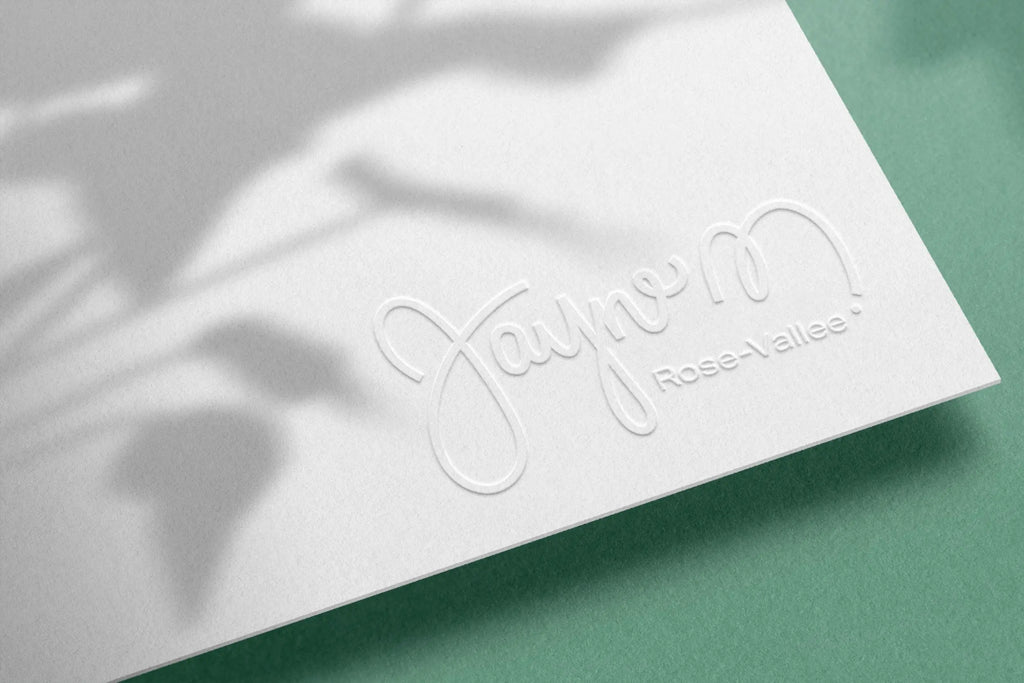
Source: Laura Santi, Jayne M. Rose-Vallee, Behance, https://www.behance.net/gallery/152239325/Jayne-M-Rose-Vallee

Source: Muhammad Owais Raza, Ricarda, Behance, https://www.behance.net/gallery/215517735/Logo-Design

Source: Erin Fonzi Denton, Brent Barnhart, Dribbble, https://dribbble.com/shots/2894891-Identity-Icon-for-Freelance-Writer

Source: Logo Quick, Writerr, Dribbble, https://dribbble.com/shots/19743759-Writer-Pen-Logo-Design-Author-Logo-Concept

Source: SB, Irina Furman, Dribbble, https://dribbble.com/shots/2463968-Irina-Furman

Source: Sumesh, Ramravan, Dribbble, https://dribbble.com/shots/6339752-Ramravan

Source: Peter Giuffria, It's WritingTime!, Dribbble, https://dribbble.com/shots/7037922-It-s-WritingTime

Source: Brandosaur, Writers Knight, Dribbble, https://dribbble.com/shots/11986486-writerskniht

Source: Pen & Mug, Poet's Roost, Dribbble, https://dribbble.com/shots/15429187-Poet-s-Roost

Source: Navarrow Mariscal, Amy French Ink, Dribbble, https://dribbble.com/shots/16876224-Amy-French-Ink

Source: Badr, Quill, Dribbble, https://dribbble.com/shots/16637550-Quill

Source: Kyle Dingman, Dribbble, https://dribbble.com/shots/2727319-Copywriter-Logo-2
How to Incorporate Writing Tools into a Writer Logo Design?
Designing a logo for a writer? Well, it's time to think beyond the blank page! In the world of writer logo design, incorporating writing tools can turn a simple concept into a masterpiece that's both memorable and meaningful. Here's how you can cleverly weave writing instruments into your logo design to craft a visual narrative that's as compelling as a bestseller!
Pen and Ink Magic
The classic pen or quill is a symbol of authorship and creativity, making it a perfect element for a writer’s logo. Think of a sleek, modern pen tip that doubles as a building or a tree, suggesting growth and stability, or a quill that morphs into the wings of imagination. By stylizing these writing tools, you give a nod to the traditional craft of writing while keeping your design fresh and contemporary.
Typewriter Tinkering
Nothing screams "vintage writer" like the charming clack of a typewriter. Integrating a typewriter into your logo can evoke nostalgia and appeal to those who cherish the golden age of literature. Consider using the keys or the type bars in the design. For instance, the arrangement of the keys could outline the author's initials, or the carriage return lever could be designed to underline the writer’s name.
Notebook Nuances
A notebook or a stack of paper can serve as an excellent foundation for a writer’s logo, symbolizing the drafting and revising process. You can turn the pages of the notebook into a skyline, waves, or even mountain peaks, symbolizing the writer’s journey or the plots of their stories. The lines on the paper can also form subtle patterns or textures in the background of the logo, adding depth and interest.
Pencil Play
The humble pencil is a powerful tool in a writer's arsenal, perfect for jotting down spontaneous ideas and drafts. In a logo, a pencil can be more than just an object—it can become part of the lettering, or transform into a magic wand casting a spell of inspiration. Consider a pencil tip that dots the 'i' in a writer’s name or a pencil partially transformed into a rocket, illustrating the soaring heights of creative thought.
Ink Bottle Impressions
An ink bottle isn’t just a container; it's a reservoir of potential stories and ideas. Use the shape of an ink bottle to contain the writer’s name or slogan. The spilling ink can flow into a series of words, turn into a river, or even morph into a shadowy figure, adding an element of mystery and creativity to the logo. This approach not only highlights the writer's tool but also plays with the concept of endless possibilities.
Incorporating these writing tools into a writer logo design not only pays homage to the craft but also offers a visual treat that can tell a story at a glance. Get creative, think metaphorically, and let your design tell as compelling a story as the writer it represents!
What Is the Best Style for a Freelance Writer’s Logo?
In the eclectic world of freelance writing, your logo is not just a branding tool; it’s the first chapter of your professional story. Picking the perfect style for your writer logo design can be as thrilling as penning a plot twist! Here’s how to tailor your logo’s style to reflect your unique voice and engage your target audience with panache and personality.
Minimalist Mastery
Embrace the less is more philosophy. A minimalist design with clean lines and uncluttered aesthetics can effectively convey professionalism and sophistication. This style works wonders for writers who want to project an image of clarity and precision in their work. Think of using a simple typewriter key as your entire logo or just the initials of your name styled in a sleek, modern font. The simplicity of the design makes it versatile and easy to remember, much like a catchy opening line in a bestseller.
Vintage Vibe
If your writing evokes a sense of nostalgia or you specialize in historical articles, a vintage-style logo may be your best bet. Incorporate elements like an old-fashioned typewriter, a classic quill, or parchment paper. Using muted colors and aged fonts can enhance the antique feel, making your logo a time machine that transports clients to the era you cover. This style tells a story of tradition and can make your writing services feel more personal and crafted with care.
Modern Minimalist
For the contemporary writer, a modern design can project a forward-thinking and innovative image. Think geometric shapes, bold color contrasts, and a futuristic font. This style is perfect for writers who cover topics like technology, science, or contemporary culture. It suggests that you’re on the pulse of the latest trends and can communicate complex ideas in a crisp, clear manner. Your logo could be as bold as your opinions, making a strong statement with every pitch.
Artistic Flair
Unleash your inner artist with a logo that reflects the creativity of your writing. Use abstract forms, expressive typography, and a palette that pops. This style suits creative writers, poets, and those who dabble in visually rich genres like travel or lifestyle. An artistic logo can mimic the flow of your prose or the rhythm of your poetry, serving as a visual metaphor for your literary art.
Eclectic Elements
Who says you have to stick to one style? Combine elements from different eras and aesthetics to create a logo as unique as your voice. Mix a modern font with a vintage pen nib, or pair minimalist text with an elaborate background pattern. This style is ideal for versatile writers who traverse various genres and want a logo that showcases their adaptability and eclectic taste.
Choosing the right style for your freelance writer logo design means reflecting on what your writing represents and how you want to be perceived in the literary marketplace. Whether you go minimalist, vintage, modern, artistic, or eclectic, ensure your logo tells a compelling story that captures the essence of your work and draws clients in with its unique charm.
What Are Some Creative Ideas for Non-Fiction Writer Logos?
Designing a logo for a non-fiction writer is like sketching a map that guides readers into the realm of reality, where facts are as engaging as fiction. If you're looking to brand or rebrand a non-fiction writer, creativity is your best ally. Here are five creative ideas to consider when designing a writer logo design that accurately reflects the essence of non-fiction writing.
Fact-Driven Icons
Utilize icons that symbolize truth, accuracy, and research. Think magnifying glasses, check marks, or even a stylized book with realistic images depicting the writer’s specialty—be it history, science, or current affairs. These symbols can be cleverly integrated into the text of the logo or used as standalone imagery that becomes synonymous with the writer’s brand. For instance, a magnifying glass could be positioned to focus on the writer’s name, emphasizing a focus on detail and thorough investigation.
Documentary Style
Capture the essence of documentary storytelling through your logo design. This can involve elements like camera lenses, film reels, or notepads, suggesting the writer's involvement in documenting real events. The logo can also mimic a documentary film title layout, using bold, clear typefaces that stand out in both the opening credits and on the cover of a detailed report.
Global Influence
For writers who cover global issues or world travel, incorporating a globe or map motifs can reflect their international focus. Design elements might include a globe replacing the letter ‘O’ in the writer’s name or a subtle world map watermark in the background. This global motif not only highlights the writer’s area of expertise but also appeals to a worldwide audience, reinforcing the universal relevance of their work.
Infographic Inspiration
Since non-fiction often relies on data and statistics, why not incorporate elements of infographics into the logo? Graph lines, pie charts, or data points can form a unique background or be stylized into letters of the writer's name. This approach not only visually communicates the genre but also makes the logo instantly recognizable as that of a serious researcher or data-driven journalist.
Quotation Marks
Nothing says "non-fiction" quite like direct quotes. Using quotation marks in the logo design can be a striking way to frame the writer’s name or tagline. This could look like the writer’s name enclosed within large, stylized quotation marks, suggesting that what they write is a direct reflection of the truth. It’s a simple yet powerful visual cue that communicates the authenticity and narrative style of the writer’s work.
When crafting a logo for a non-fiction writer, the key is to merge creativity with clarity, reflecting the writer's commitment to truth and their distinct approach to unfolding real stories. These logo designs should invite readers into a world of fact, analysis, and genuine storytelling, marking the writer's work as a trustworthy source of knowledge and insight.
What Are Some Creative Ideas for Writer Logo Designs?
When it comes to creating a writer logo design, you're not just crafting an image; you're encapsulating a universe of ideas, narratives, and emotions into a single emblem. It's your brand's first impression, a visual whisper of the stories you tell and the worlds you create. To stand out in the vast library of writers, your logo needs to be as compelling as your opening line. So, how do you infuse creativity into your writer logo design? Let's embark on a creative quest with five innovative ideas that will make your logo not just seen, but remembered.
A Twist on the Traditional
Start with the familiar symbols of writing – pens, books, typewriters – and then, give them a twist. Imagine a pen that morphs into a dragon's tail, a book whose pages flutter into birds, or a typewriter from which emerge fantastical creatures. This approach offers a nod to the traditional while boldly stating that your writing offers something beyond the ordinary. It's perfect for writers who straddle genres or craft tales that defy expectations.
The Magic of Metaphors
Your writing is filled with metaphors, so why not your logo? Think of an image that represents your writing journey or the essence of your stories. A lighthouse for someone who writes navigational guides through life's storms, or a compass for a writer of epic journeys. Using metaphors in your writer logo design not only adds layers of meaning but also invites your audience to delve deeper, engaging them from the get-go.
Typography That Tells a Tale
Sometimes, the most powerful logos are those that use typography as their main feature. Select a font that reflects the genre or mood of your writing – a gothic font for horror, a flowing script for romance, or a bold, modern type for self-help. Then, play with the letters. Could the "I" in your name be a pencil, or the "O" a magnifying glass? Creative typography can turn your name into a story in itself, making your logo both a signature and a narrative device.
Colorful Characters
If your writing is character-driven, consider featuring a character from your stories in your logo. This doesn't mean a detailed portrait but a stylized, perhaps even abstract representation that captures the essence of your protagonist or an ensemble. This approach works wonders for writers with a recurring character or a strong focus on character development, making your logo instantly recognizable and deeply personal.
The Emblem of You
Ultimately, your logo should reflect who you are as a writer. Incorporate elements that are uniquely you – a personal symbol, a favorite motif from your works, or a color scheme that speaks to your soul. This could be as simple as a signature color, a minimalist icon, or a pattern that recurs in your stories. A logo that's deeply personal can resonate with readers, offering a glimpse into the mind behind the words.
CThese five ideas are just the beginning. Your logo is an opportunity to tell your own story, to invite readers into your world before they've even turned the first page. So, dare to dream big, and let your logo be as unique and unforgettable as your writing.
What Are Some Iconic Writer Logo Designs?
When it comes to branding, few things can capture the essence of a writer's identity like an iconic logo. The perfect writer logo design acts as a literary beacon, drawing readers and clients alike into the world of words crafted by the scribe it represents. Let's explore some iconic writer logo designs that have turned heads and penned success stories, each a testament to creative genius and strategic branding.
The Hemingway Signature
Ernest Hemingway's logo is nothing short of classic—his unmistakable signature. This logo uses Hemingway’s actual handwritten signature, reflecting his personal touch and direct connection with his audience. It’s simple, elegant, and personal, embodying the direct and impactful style of his writing. The use of a signature as a logo is particularly effective for writers, as it personalizes the brand and makes it uniquely identifiable.
The Mark Twain House
The logo for the Mark Twain House, where Twain wrote many of his famous works, cleverly incorporates elements of his iconic white suit and bushy mustache into its design. This logo not only pays homage to Twain’s distinctive personal style but also ties him directly to the place where he created some of his most beloved stories. It’s a brilliant example of how personal and professional elements can combine to create a memorable and iconic logo.
J.K. Rowling’s Wizarding World
While not a traditional logo for a writer, the branding around J.K. Rowling’s Wizarding World, including the specific stylings of the Harry Potter and Fantastic Beasts series, carries the magical essence of her writing. The logos used for these series—with their whimsical fonts and mystical elements—immediately convey the genre of her writing and her unique narrative voice. They are instantly recognizable and deeply connected to the literary worlds she has built.
Agatha Christie’s Silhouette
The silhouette of Agatha Christie, often used by the Agatha Christie Limited, captures the mysterious and intriguing nature of her murder mystery novels. This silhouette, often accompanied by a typographic treatment of her name, uses minimal detail yet offers a striking and mysterious appeal, much like the plots of her novels. It’s a perfect representation of her genre and writing style, making it iconic in the literary community.
Virginia Woolf’s Modernist Touch
A logo design inspired by Virginia Woolf could incorporate modernist art styles, reflecting her stream-of-consciousness writing technique and her status as a central figure in the modernist literary movement. Using abstract forms and fluid, overlapping elements can symbolize her deep, layered narrative structures and her bold exploration of new stylistic techniques. This type of logo would appeal to a literary audience that appreciates depth and innovation in writing.
These iconic writer logo designs illustrate how effectively a logo can communicate a writer’s identity, genre, and style. Each design not only serves as a visual representation of the writer but also enhances their brand by connecting their personal story with their professional work. Whether through a signature, a silhouette, or a symbolic representation, these logos leave a lasting impression that is as enduring as the writings of the authors they represent.
Conclusion
A well-crafted writer logo design is not just a brand identifier but a narrative tool that communicates a writer's essence to their audience. Whether it embraces simplicity like Hemingway's signature or evokes magic like Rowling's Wizarding World, each logo carries a story in itself. For writers seeking to make a lasting impression, investing in a distinctive and meaningful logo is essential. It not only enhances their professional presence but also acts as a visual extension of their literary voice, making it crucial for standing out in a crowded literary marketplace.
Let Us Know What You Think!
Every information you read here are written and curated by Kreafolk's team, carefully pieced together with our creative community in mind. Did you enjoy our contents? Leave a comment below and share your thoughts. Cheers to more creative articles and inspirations!


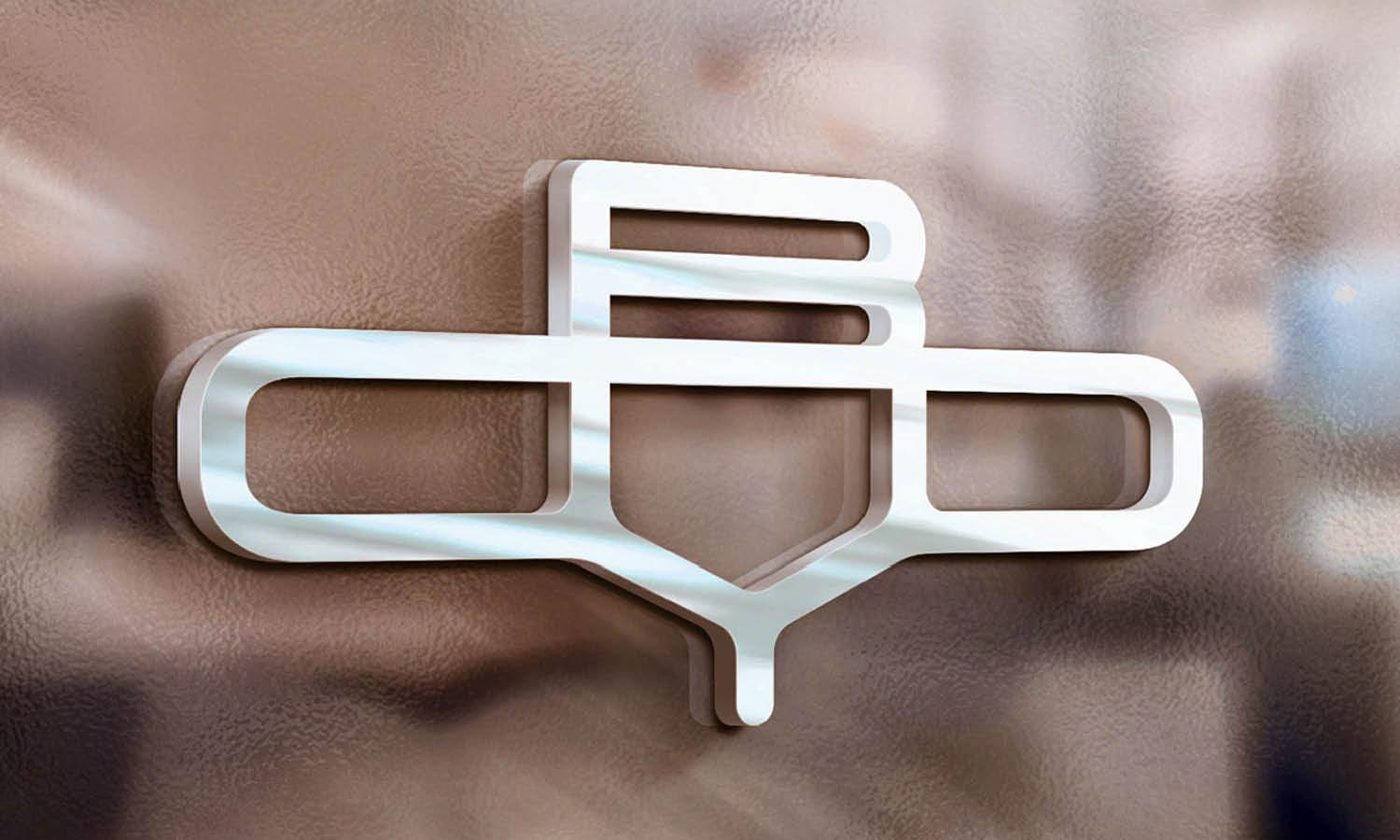

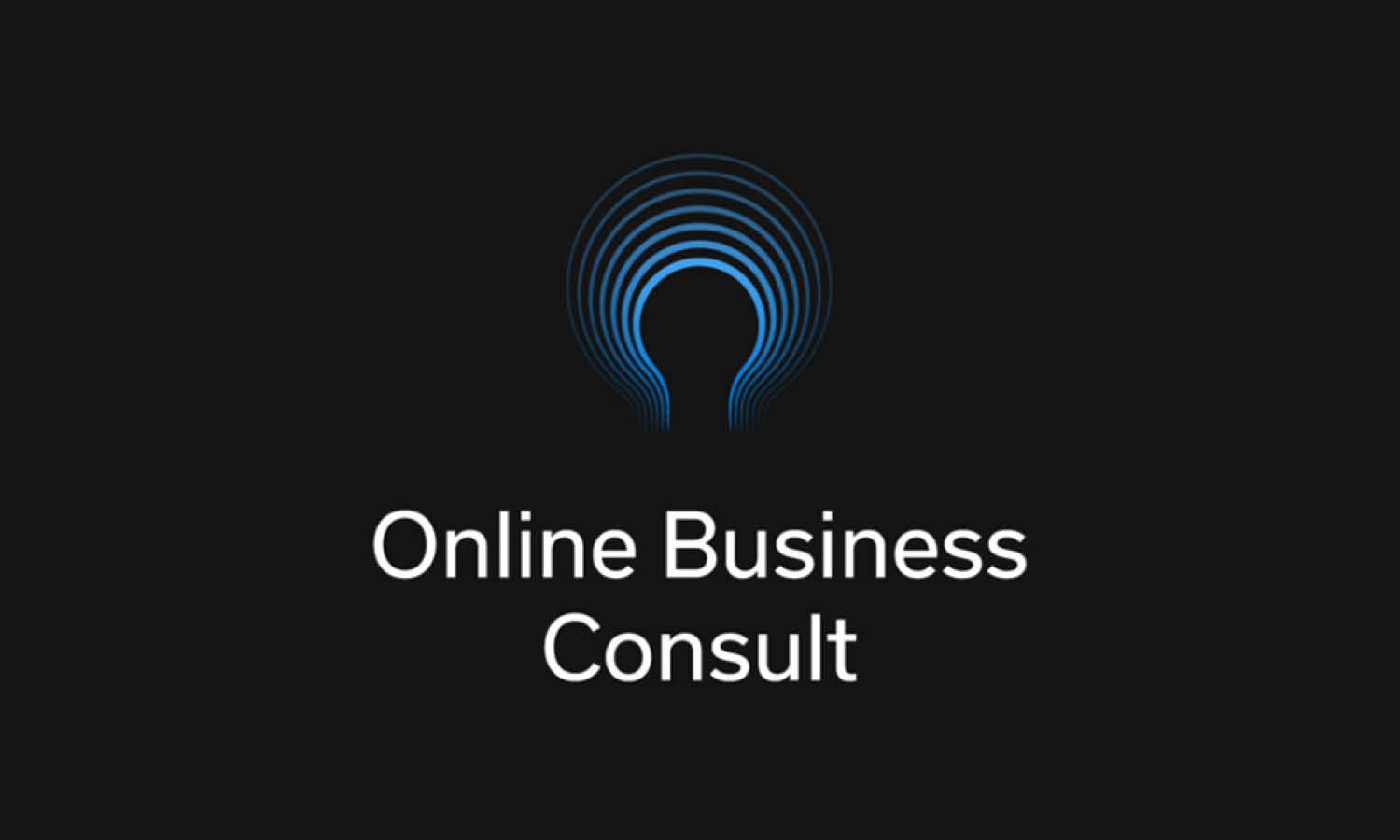

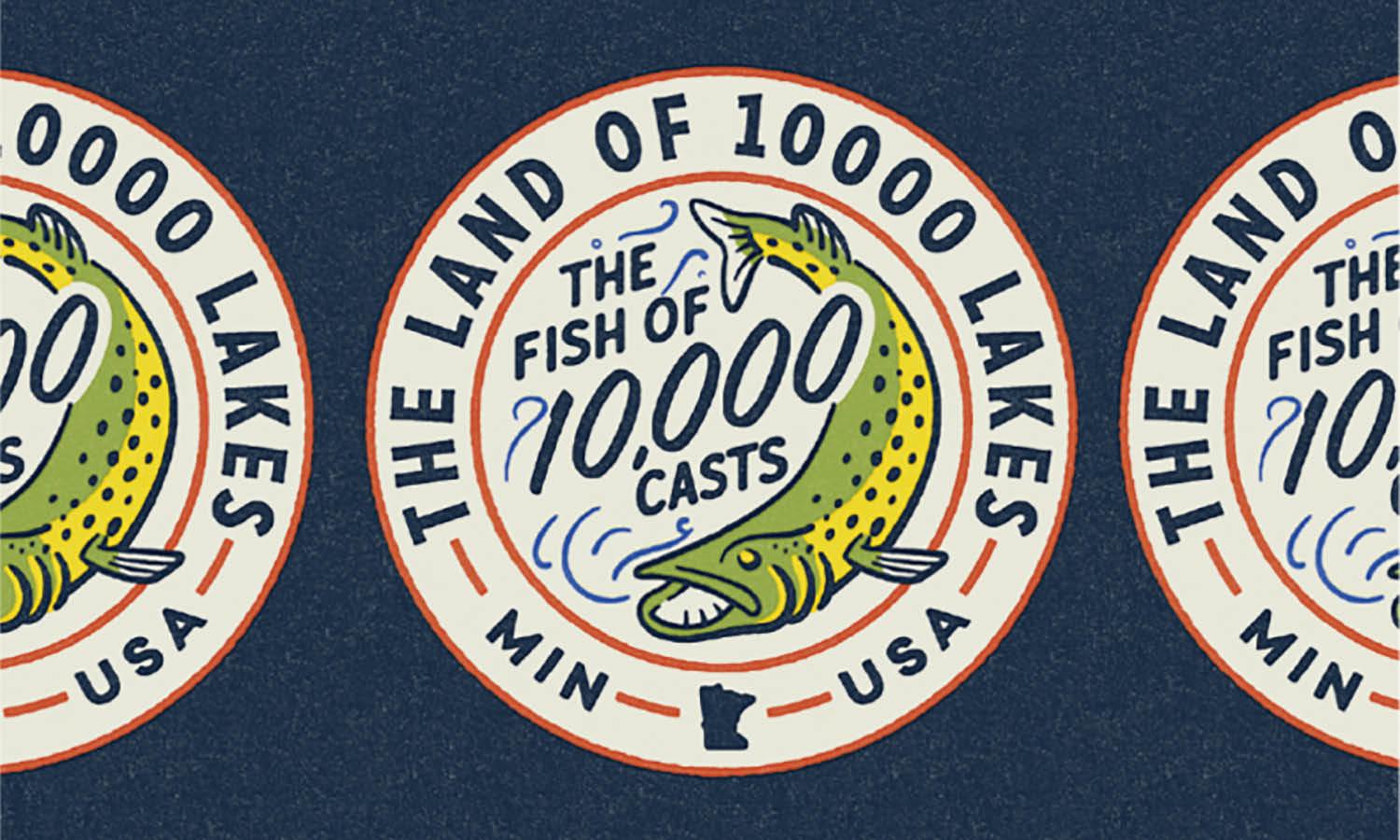








Leave a Comment